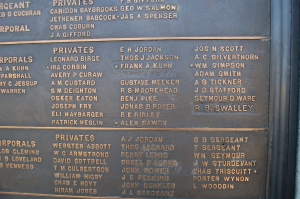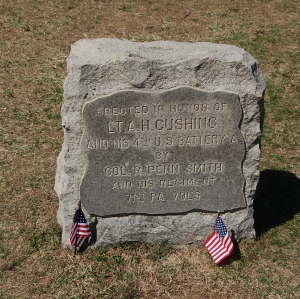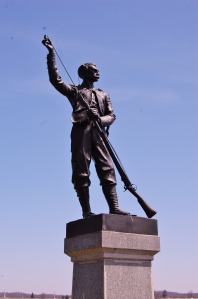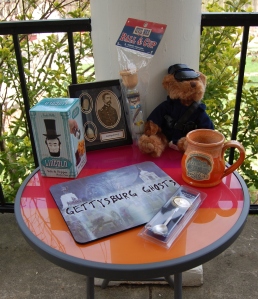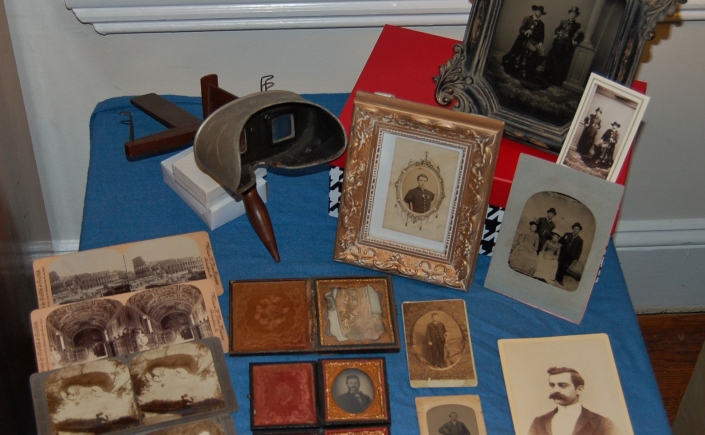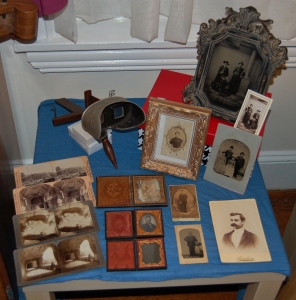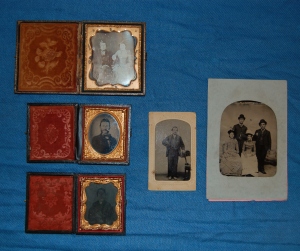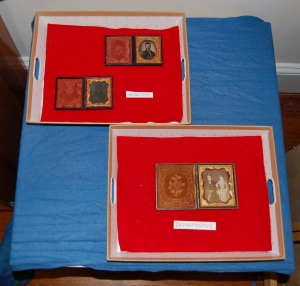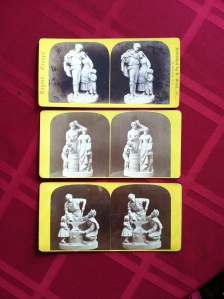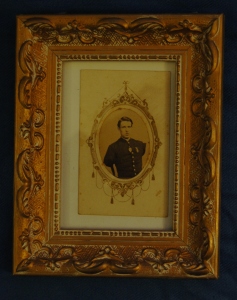Last weekend I took a trip out to Gettysburg to stay for a few nights. My main purpose was to collect a series of tourist objects to use as examples for group work when my Civil War class discusses souvenirs and tourism in a few weeks. But Gettysburg is also one of my favorite places to visit, and it soothed my soul to spend a few lovely spring days there after a long winter and a hectic semester. I’ve visited the battlefield many times before, so there was no pressure this time to see every aspect of the historical narrative. Instead, I wandered the field with my camera, recording just a few aspects of the site’s monuments and memory. Here are a few examples of what I saw:
This monument to Major General Oliver Otis Howard, located on East Cemetery Hill, was sculpted by Robert Aitken and erected in 1932. It clearly depicts the empty sleeve of the general who lost his right arm at the battle of Fair Oaks in June 1862.
I have often climbed to the top of the State of Pennsylvania Monument on Cemetery Ridge, but this was the first time I noticed that the plaques on the monument’s base listing the names of Pennsylvania soldiers who fought in the battle include numerous examples of names erased or added later. This palimpsest of military remembrance speaks to the incomplete record-keeping of the Civil War area and the impossibility of ever having a complete reckoning of the war to set in bronze. And yet, we try.
It was nice to see that the monument to recent Medal of Honor awardee Bvt. Lt. Col. Alonzo Cushing at the High Water Mark on Cemetery Ridge is receiving attention in the form of flags placed at the site.
This monument to the 114th Pennsylvania (Collis’ Zouaves) always impresses me with its grace.
In the height of summer, it is almost impossible to find a quiet moment to enjoy the view from Little Round Top, but around 5 in the afternoon on Sunday, April 12, we found the hill almost deserted. Karl Gerhardt’s statue of Gen. Warren always serves as an excellent focal point for the view.
And on our way back into town along the Emmitsburg Road, we spotted the 11th Massachusetts Monument. This monument looks strange to most eyes, but the arm sprouting from the top was one of the key elements of the Massachusetts coat of arms, worn on the buttons of the state’s soldiers. The monument was vandalized in 2006 and painstakingly restored by the National Park Service.
And what of the souvenirs I collected for my Civil War class?
My loot included:
- A teddy bear wearing the uniform of a Union soldier
- A Gettysburg souvenir spoon
- A cup and ball game painted to look like a Confederate soldier
- A mouse pad alluding to Gettysburg’s recent interest in ghost tourism
- A shadow box containing a photograph of Col. Joshua Lawrence Chamberlain and two Minié balls
- An Abraham Lincoln salt and pepper shaker set (one shaker is Abe’s head, and the other is his hat)
- A mug made by Deneen Pottery depicting the Brickhouse Inn at Gettysburg
We’ll see if these objects spark some discussion with my students in a few weeks!


